Kathmandu-Artificial Intelligence has emerged as the most discussed, invested, and remarkably successful technology of the past decade. Understanding how artificial intelligence technology works has become essential as AI transforms from a futuristic concept into an everyday reality. From ChatGPT’s launch revolutionizing conversational AI to autonomous vehicles competing in the transportation sector, AI’s impact on daily life continues expanding rapidly.
Breaking Down How Artificial Intelligence Technology Works
To understand how artificial intelligence technology works, we must first grasp that AI systems perform tasks typically associated with human cognitive functions. These include speech interpretation, game playing, pattern recognition, and complex decision-making processes.
Basic AI Operations
How artificial intelligence technology works fundamentally involves processing massive amounts of data through intelligent, iterative algorithms. These systems learn by discovering patterns and features within analyzed data, continuously improving their performance through repeated processing cycles.
AI systems operate without requiring rest, enabling them to perform hundreds, thousands, or millions of tasks extremely quickly. This capability allows them to learn extensively in minimal time and become highly proficient at any trained task.
Core Technologies Behind How Artificial Intelligence Technology Works
Understanding how artificial intelligence technology works requires examining the fundamental technologies that power these systems:
Machine Learning: The Foundation
Machine Learning represents a specific AI application that enables computer systems to automatically learn and develop improved results based on experience without explicit programming for each task.
Machine Learning allows AI to discover patterns in data, extract insights, and improve outcomes for any assigned system task. This technology forms the backbone of modern AI applications across industries.
Deep Learning: Advanced Pattern Recognition
Deep Learning constitutes a specialized form of Machine Learning that enables AI systems to learn and improve through data processing. How artificial intelligence technology works through Deep Learning involves artificial neural networks that mimic biological neural networks in human brains for information processing.
Deep Learning discovers connections between data points and draws conclusions based on positive and negative reinforcement, creating sophisticated decision-making capabilities.
Neural Networks: Brain-Inspired Computing
Neural Networks represent processes that repeatedly analyze datasets to discover relationships and interpret meaning from undefined data. These networks function similarly to neuron networks in human brains, enabling AI systems to:
- Process large datasets efficiently
- Reveal patterns within data
- Answer complex questions about analyzed information
- Make predictions based on discovered patterns
Cognitive Computing: Human-Machine Interaction
Cognitive Computing designs AI systems to simulate interactions between humans and machines. This technology enables computer models to mimic human brain functions when performing complex tasks like text analysis, speech recognition, or image interpretation.
Understanding how artificial intelligence technology works through Cognitive Computing reveals AI’s ability to replicate human thought processes for problem-solving applications.
Natural Language Processing (NLP): Communication Bridge
Natural Language Processing serves as a crucial component in how artificial intelligence technology works by enabling computers to recognize, analyze, interpret, and genuinely understand written or spoken human language.
NLP proves essential for any AI-powered system interacting with humans through text or voice inputs, making technologies like ChatGPT and virtual assistants possible.
Computer Vision: Visual Intelligence
Computer Vision represents one of AI technology’s most practical applications, providing pattern recognition and deep learning capabilities for reviewing and interpreting image content.
Computer Vision enables AI systems to identify visual data components, such as the CAPTCHAs encountered across the web that help systems learn by asking humans to identify cars, crosswalks, bicycles, mountains, and other objects.
Strong AI vs. Weak AI Classification
Understanding how artificial intelligence technology works involves recognizing two primary AI classifications:
Strong AI (Artificial General Intelligence)
Strong AI, similar to systems depicted in Terminator films, possesses intellectual capabilities matching human-level intelligence. Despite long-term pursuit in the technology sector, no one has yet achieved this level of AI development.
Weak AI (Narrow AI)
Weak AI operates at machine level, performing various remarkable tasks to make human life more convenient. Examples include ChatGPT, autonomous vehicles, AI games, and various powerful AI systems currently available.
Essential Requirements for How Artificial Intelligence Technology Works
AI remains in developmental stages, requiring extensive resources for continued advancement:
Massive Data Requirements
How artificial intelligence technology works depends heavily on vast data quantities. Internet accessibility has enabled AI’s rapid progress and utility. Diverse data sources provide even better training foundations for AI systems.
Powerful GPU Processing
AI requires powerful Graphics Processing Units (GPUs) for performing millions of calculations, data synthesis, and analysis tasks. GPUs provide essential computing power for rapid data representation and synthesis.
Advanced Algorithms
Advanced algorithms prove necessary for multi-layered, high-speed data synthesis. These algorithms enable quick understanding of complex systems and identification of rare events or patterns.
Application Programming Interfaces (APIs)
APIs enable new AI systems to operate on traditional computers, enhancing system and program performance and accessibility.
Real-World Applications Demonstrating How Artificial Intelligence Technology Works
Healthcare AI Systems
AI technology in healthcare demonstrates how artificial intelligence technology works through:
- Medical image analysis and diagnosis
- Drug discovery acceleration
- Personalized treatment recommendations
- Predictive health analytics
Financial Services AI
Financial institutions utilize AI technology showing how artificial intelligence technology works in:
- Fraud detection and prevention
- Algorithmic trading systems
- Credit risk assessment
- Customer service automation
Transportation AI
Autonomous vehicles exemplify how artificial intelligence technology works through:
- Real-time environment analysis
- Decision-making algorithms
- Route optimization
- Safety system integration
Technical Architecture: How Artificial Intelligence Technology Works
Data Input Layer
The first stage in how artificial intelligence technology works involves data collection from various sources:
- Structured databases
- Unstructured text documents
- Image and video files
- Sensor data streams
- User interaction logs
Processing Layer
The core processing demonstrates how artificial intelligence technology works through:
- Feature extraction from raw data
- Pattern recognition algorithms
- Statistical analysis and modeling
- Predictive analytics generation
Output Layer
Final stages show how artificial intelligence technology works by delivering:
- Actionable insights and recommendations
- Automated decision-making
- Natural language responses
- Visual recognition results
Challenges in How Artificial Intelligence Technology Works
Data Quality Issues
Understanding how artificial intelligence technology works reveals data quality challenges:
- Incomplete or biased datasets
- Data privacy and security concerns
- Storage and processing limitations
- Integration complexity across systems
Computational Limitations
Current constraints affecting how artificial intelligence technology works include:
- Processing power requirements
- Energy consumption concerns
- Hardware accessibility and costs
- Scalability challenges
Ethical Considerations
How artificial intelligence technology works raises important ethical questions:
- Algorithmic bias and fairness
- Privacy and surveillance concerns
- Job displacement impacts
- Decision transparency requirements
Future Developments in How Artificial Intelligence Technology Works
Quantum Computing Integration
Future advances in how artificial intelligence technology works may incorporate:
- Quantum processing capabilities
- Enhanced parallel computing
- Exponential speed improvements
- Complex problem-solving abilities
Edge AI Computing
Emerging trends in how artificial intelligence technology works include:
- Local device processing
- Reduced latency requirements
- Enhanced privacy protection
- Offline capability development
Neuromorphic Computing
Revolutionary approaches to how artificial intelligence technology works explore:
- Brain-inspired hardware design
- Energy-efficient processing
- Adaptive learning capabilities
- Real-time decision making
Industry Impact of How Artificial Intelligence Technology Works
Economic Transformation
Understanding how artificial intelligence technology works reveals significant economic impacts:
- Industry automation and efficiency
- New job category creation
- Productivity enhancement
- Innovation acceleration
Social Changes
How artificial intelligence technology works influences society through:
- Enhanced accessibility services
- Improved healthcare outcomes
- Educational personalization
- Communication advancement
Also Read
How Does AI Misinformation Spread So Fast? Daily 89% of Users get Misinformation
Learning and Development in AI Systems
Supervised Learning
How artificial intelligence technology works through supervised learning involves:
- Training with labeled datasets
- Performance evaluation metrics
- Accuracy improvement processes
- Error correction mechanisms
Unsupervised Learning
Understanding how artificial intelligence technology works in unsupervised scenarios includes:
- Pattern discovery in unlabeled data
- Clustering and classification
- Anomaly detection capabilities
- Feature extraction processes
Reinforcement Learning
How artificial intelligence technology works through reinforcement learning demonstrates:
- Trial and error optimization
- Reward-based learning systems
- Environmental interaction
- Strategy development processes
Performance Optimization in AI Systems
Algorithm Enhancement
Improving how artificial intelligence technology works involves:
- Algorithm refinement and optimization
- Processing efficiency improvements
- Accuracy enhancement techniques
- Resource utilization optimization
Hardware Optimization
Technical aspects of how artificial intelligence technology works include:
- Specialized AI chip development
- Parallel processing capabilities
- Memory management optimization
- Power efficiency improvements
Security Considerations in AI Technology
Cybersecurity Threats
Understanding how artificial intelligence technology works requires addressing:
- Adversarial attacks on AI systems
- Data poisoning vulnerabilities
- Model manipulation risks
- Privacy protection measures
Defensive Mechanisms
Protecting systems showing how artificial intelligence technology works involves:
- Robust algorithm design
- Continuous monitoring systems
- Security testing protocols
- Incident response procedures
Understanding how artificial intelligence technology works reveals a complex ecosystem of interconnected technologies, from Machine Learning and Deep Learning to Neural Networks and Natural Language Processing. These systems combine massive data processing capabilities with sophisticated algorithms to create intelligent behaviors that increasingly mirror human cognitive abilities.
The journey of how artificial intelligence technology works continues evolving rapidly, with new developments in quantum computing, edge AI, and neuromorphic systems promising even more revolutionary capabilities. As AI technology matures from its current embryonic stage, its impact on society, economy, and human life will likely expand exponentially.
For businesses, researchers, and individuals seeking to leverage AI’s potential, comprehending how artificial intelligence technology works provides essential foundation knowledge for making informed decisions about implementation, investment, and development strategies in our increasingly AI-driven world.
Stay updated with the latest developments in AI technology and its applications across various industries.
Also Read


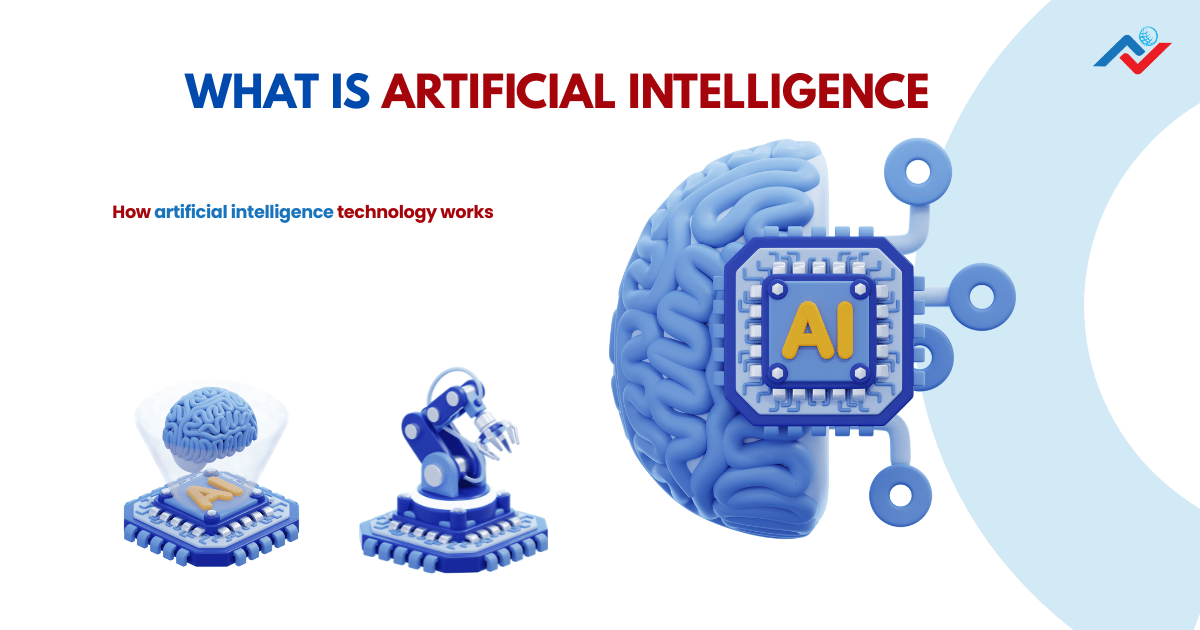





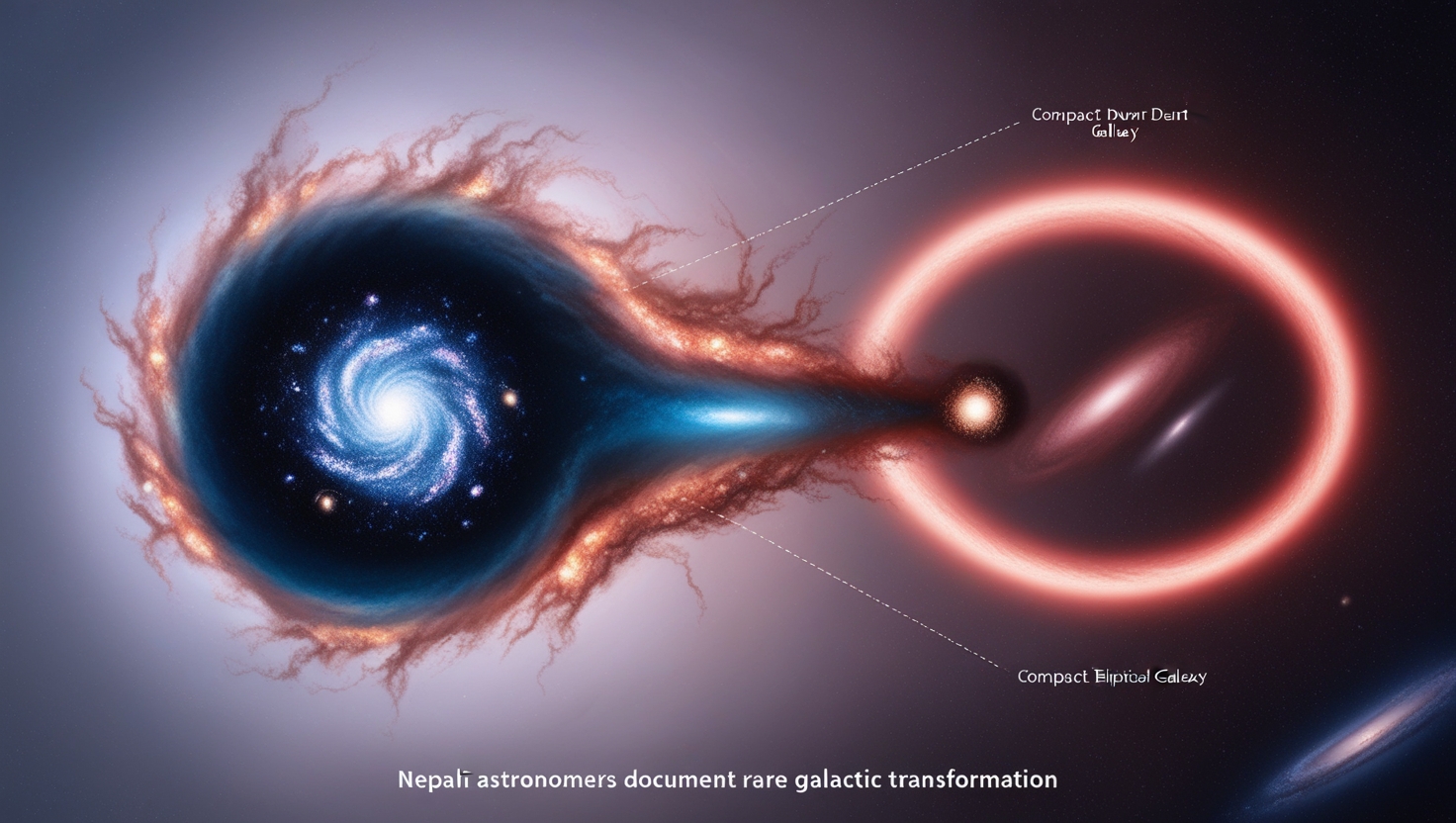
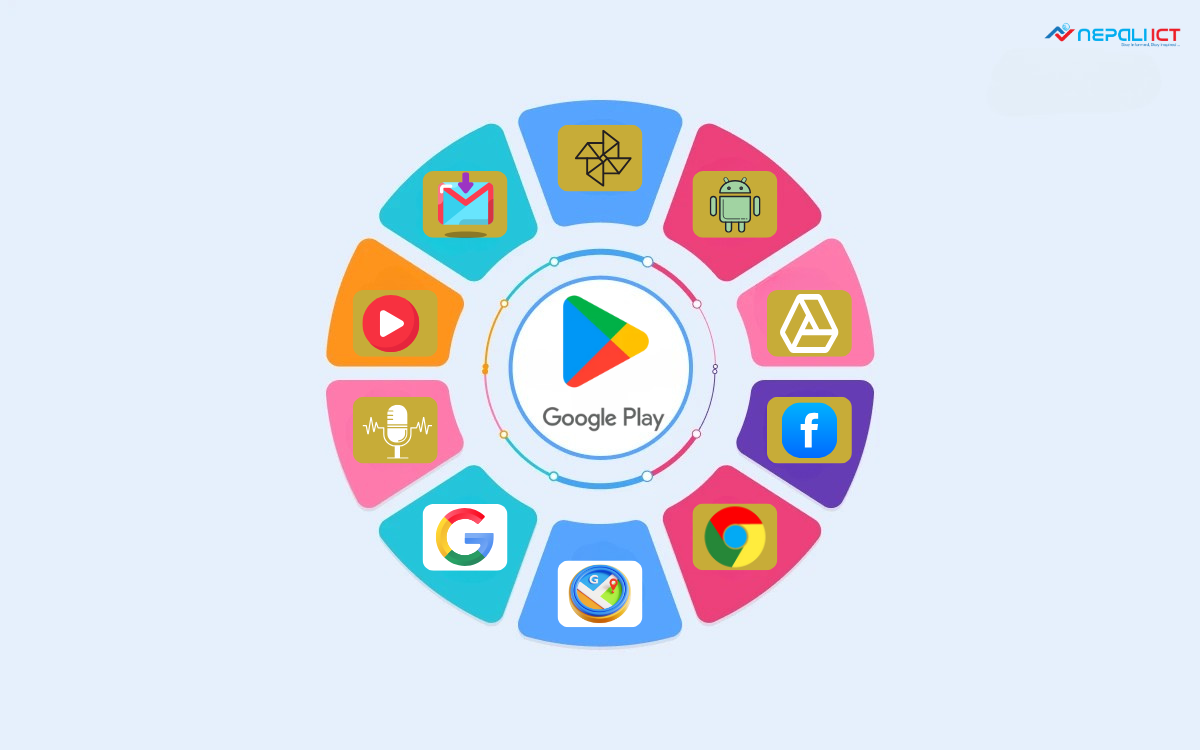

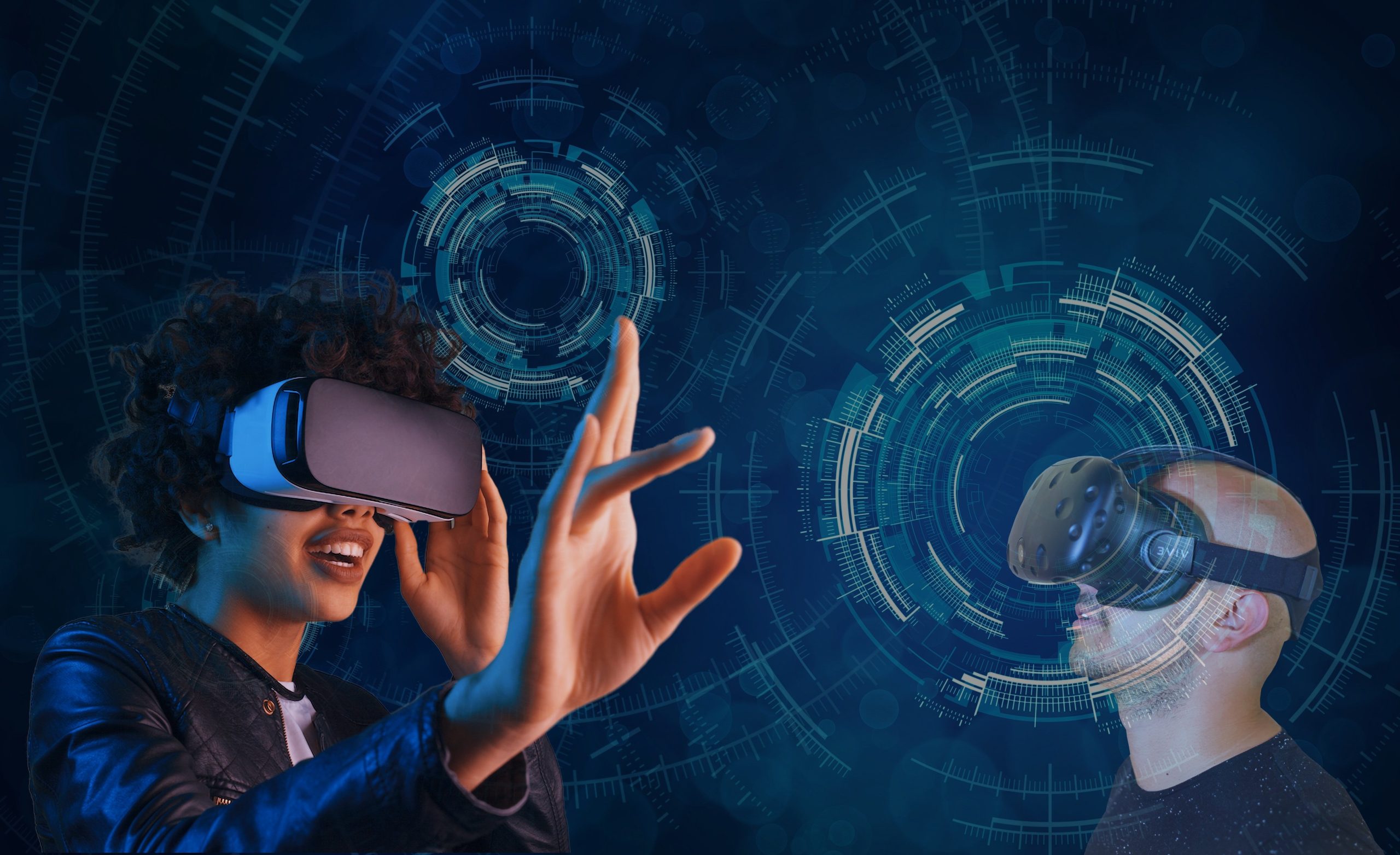

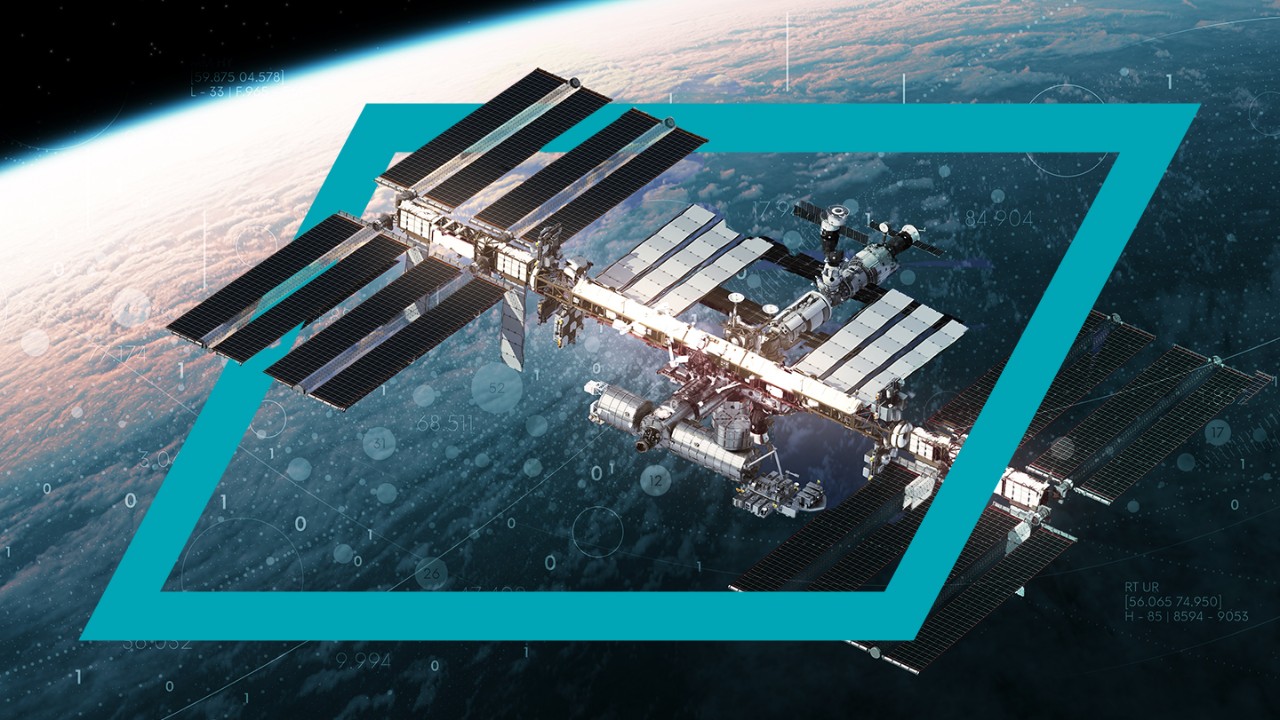









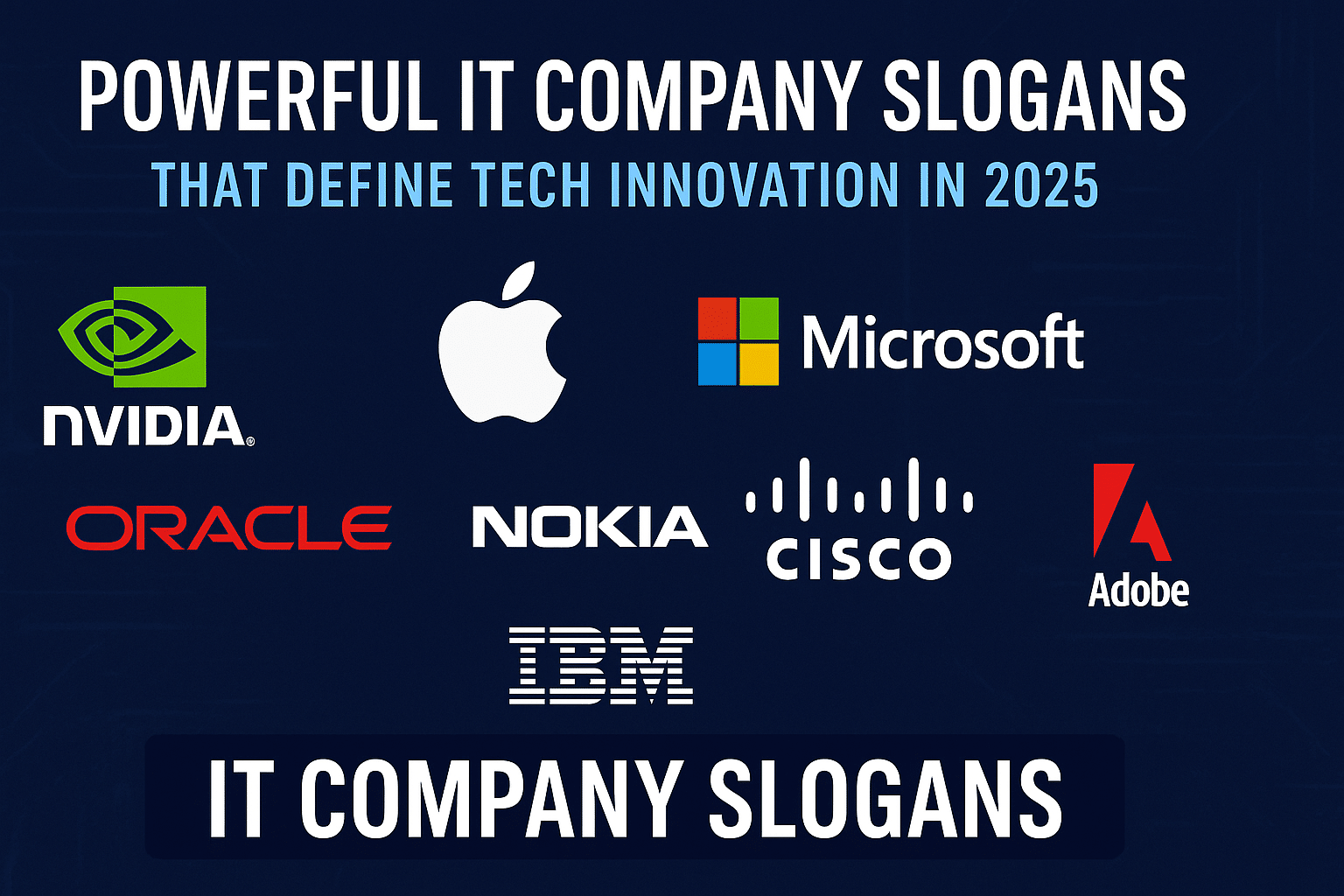
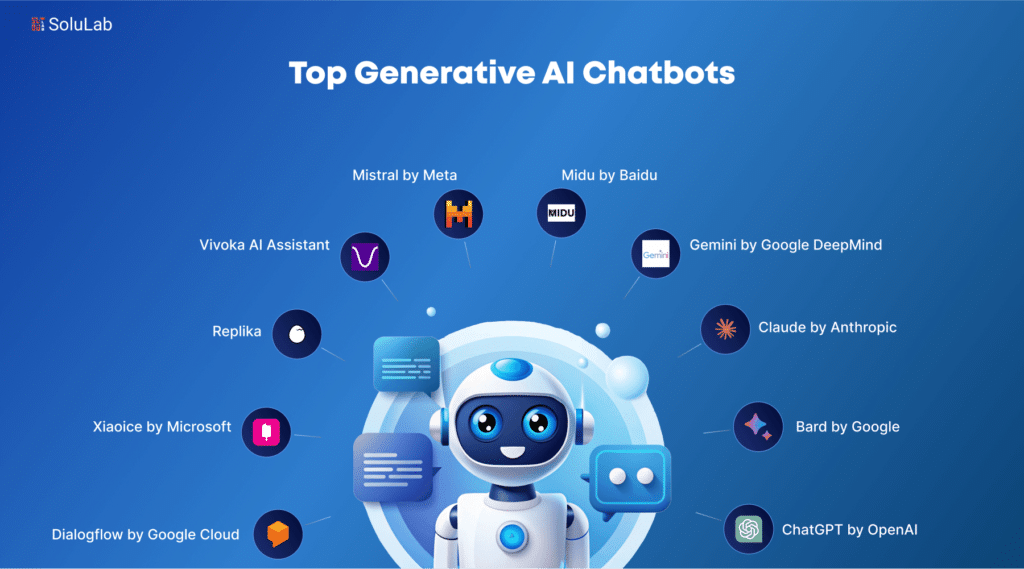
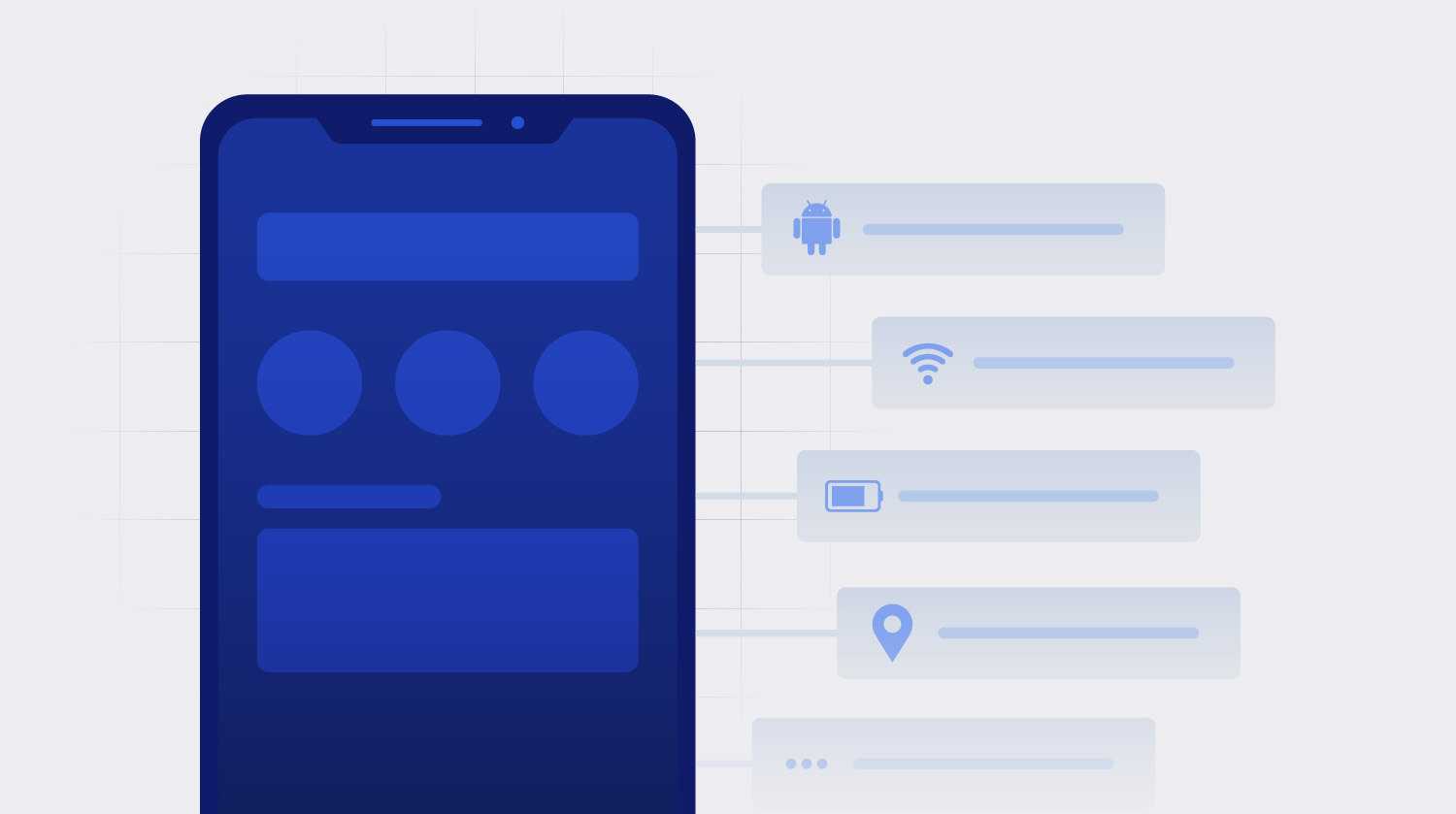
Comments